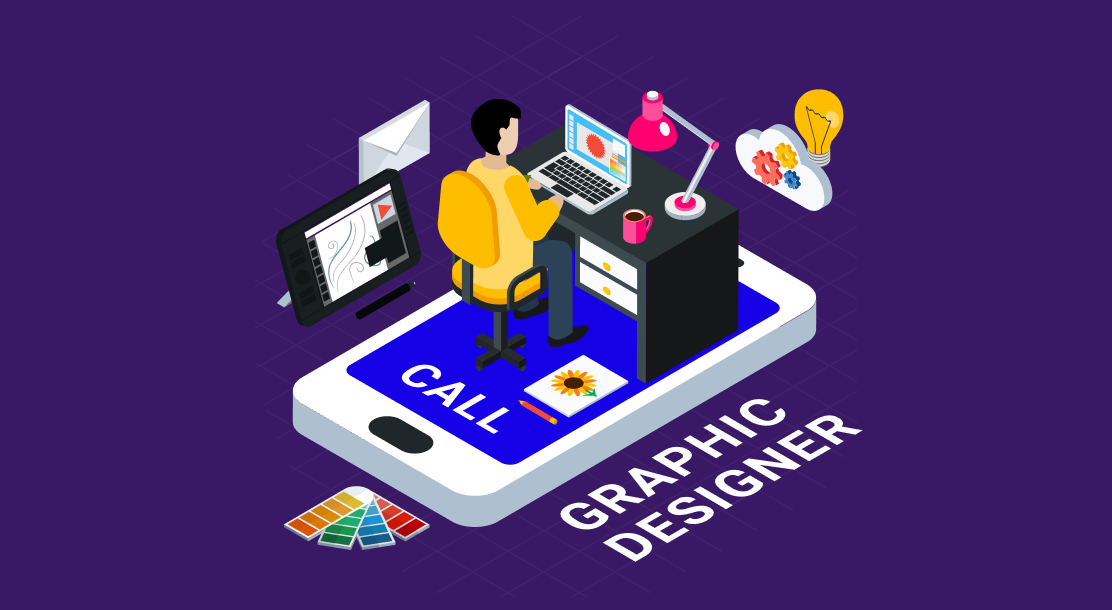Photoshop app – Creating professional-looking graphics with Photoshop is an easy and achievable task for anyone who is familiar with the program. With just a few simple steps, you can be well on your way to creating eye-catching visuals.

To get started, open Photoshop and select the size of the canvas you would like to work with. This will determine the size of the graphic you are creating. Next, select the tools you would like to use, such as the brush, eraser, and shape tools. With these tools, you can create shapes, lines, and other visuals that will form the foundation of your graphic.
Once you have your foundation in place, it is time to add color and texture. You can use the color picker to select the perfect hues for your graphic. To add texture, you can use a variety of Photoshop filters such as blur, sharpen, and emboss. With these filters, you can create a unique and customized look for your graphic.
Now that you have the colors and textures in place, you can add text to your graphic. The text tool allows you to customize the font, size, and color of your text. You can also add special effects such as drop shadows and outlines to make your text stand out.
Finally, you can add finishing touches to your graphic by adding shadows, highlights, and other effects. Once you have finished your graphic, you can save it in the format of your choice, such as JPEG or PNG.
By following these steps, you can easily create professional-looking graphics with Photoshop. With a little practice and some creativity, you can create stunning visuals that can be used for a variety of purposes.
Tips and Tricks for Optimizing Photoshop Performance
1. Increase RAM usage: Increasing the amount of RAM available to Photoshop can dramatically improve performance. To do this, go to the Edit menu and select “Preferences” and then “Performance”. In the Performance window, increase the amount of RAM allocated to Photoshop.
2. Purge Unused Data: Photoshop stores a lot of information in its memory, including temporary caches and undo history. If these caches become too large, performance can suffer. To purge this data, go to the Edit menu and select “Purge”. Here you can select which caches to clear and free up some RAM.
3. Disable Unnecessary Features: Some features in Photoshop can be a drain on resources. To disable these features, go to the Edit menu and select “Preferences” and then “Performance”. Here you can uncheck any features that you don’t need.
4. Optimize Your Brushes: Your brush settings can have a big impact on performance. To optimize your brushes, go to the Edit menu and select “Brushes”. Here you can adjust the brush size, shape, and other settings to make them more efficient.
5. Use Smart Objects: Smart Objects are an efficient way to work with large images. To use Smart Objects, simply select an image or layer, right-click, and select “Convert to Smart Object”. This will allow you to work with the image without having to open the full file.
6. Disable History Logging: Photoshop automatically logs all of your actions in its History Log. This can be a drain on resources, so you may want to disable it. To do this, go to the Edit menu and select “Preferences” and then select the “History Log” tab. Here you can uncheck the box next to “Log History”.
7. Disable Background Tasks: Photoshop can run multiple tasks in the background, such as image previews and auto-save. These tasks can be a drain on resources, so you may want to disable them. To do this, go to the Edit menu and select “Preferences” and then select the “Background Tasks” tab. Here you can uncheck the boxes next to any tasks you don’t need.
8. Limit Layer Styles: Layer styles can be a drain on resources, especially when they are applied to a large number of layers. To limit the number of layer styles, go to the Layer menu and select “Layer Styles”. Here you can select which styles you want to apply and which ones you want to disable.